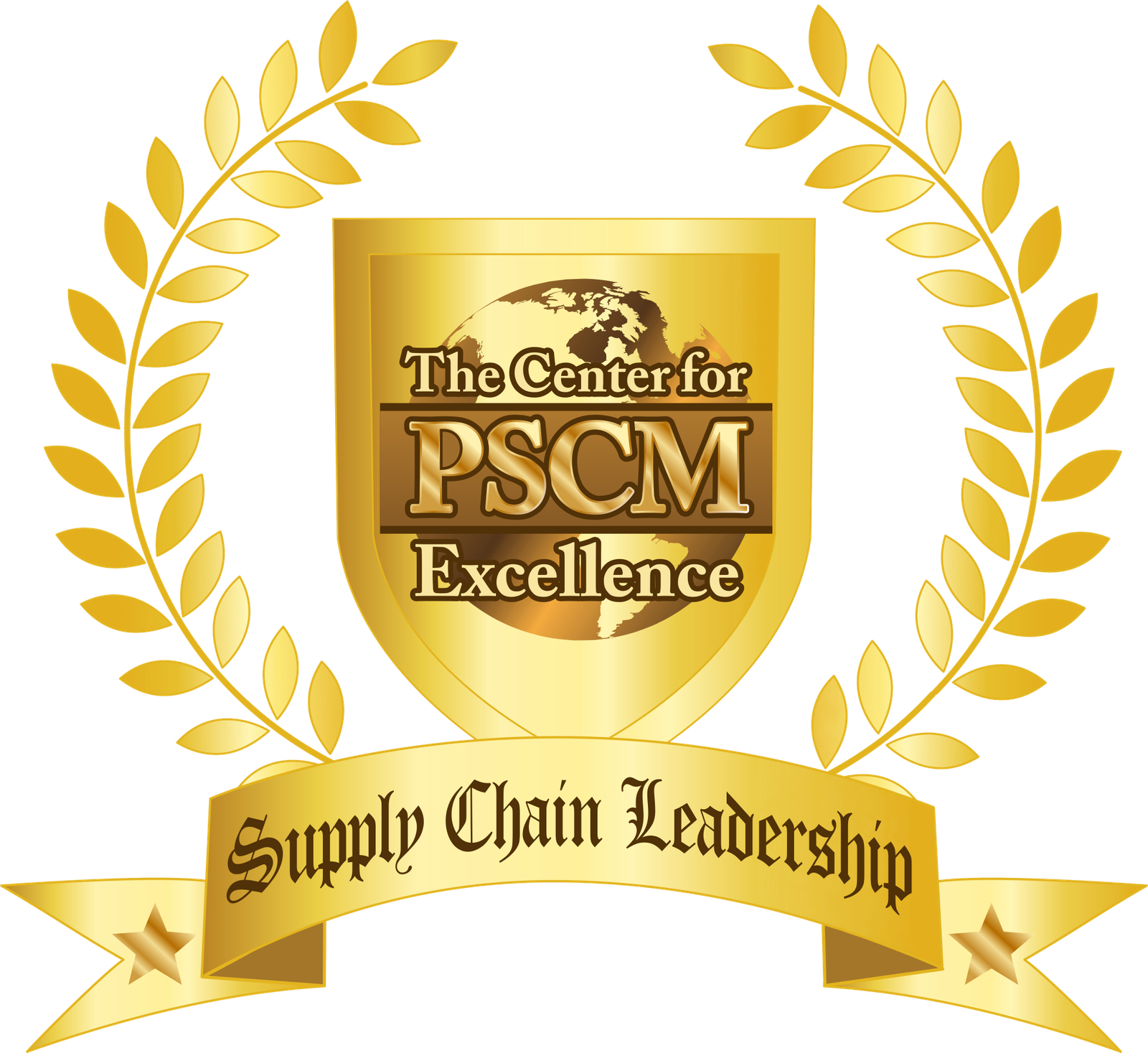Expenditure Analysis – Are You Doing It?
I remember so clearly going to a client facility once in Puerto Rico. They had decided they were going to do a massive purchasing process overhaul, with the express focus of getting more savings on the table.
They were convinced the approach they adopted was the right one. What was it? All purchase orders over $10,000 had to go out to bid to at least 3 suppliers.
Sounds aggressive, right? No stone gets left unturned. No money gets left on the table with each order.
There’s only one problem: It’s also a colossal waste of time.
Why? Because it reads great on paper, but they were focusing on little transactions instead of on the big picture. All sorts of things could go wrong, such as:
- Many $10K+ individual orders negotiated with different suppliers over time for the same types of things, thereby resulting in missed supplier consolidation opportunities and increased discount opportunities
- Many $10K+ orders negotiated with the same supplier over time, thereby generating purchase order level discounts instead of total volume of business level discounts
- Many less than $10K orders that go under the radar, when in fact the cumulative spends for any particular area may be in the hundreds of thousands, but it goes unnoticed because the money goes out in small but regular chunks.
- Purchasing personnel time is spent putting multitudes of purchase orders out to bid instead of saving their energies, aggregating spends, and putting mega-business volume deals out to bid instead.
And all of the above was happening, and I gave them the data to prove it. Data speaks volumes. What sounded like a great purchasing idea was in fact a self-imposed “death by a thousand cuts” purchasing methodology.
You need to be aggregating like spends in the broadest content possible for your company or agency. If you can, look at your global corporate requirements.
If your systems are too hard to query, talk to your suppliers. Suppliers have better accounting systems than us because they can’t afford to not be able to track revenue. Have them tell you what you are spending. Don’t be embarrassed; their job is to help make you successful.
You can also talk to your customers. Customers with big budgets got it justified for particular purposes. Ask target customers with the biggest budgets where they plan to spend the money.
Spends should be forecasted at least one year forward looking, so that you can put together as much spending as possible, in order to reap maximum TCO benefit.
Suppliers will give you more discounts for greater spends – it’s called economies of scale.
If you want to know the mechanics of how economies of scale works, it’s because sunk costs are already paid for, fixed costs are already paid for (until capacity levels are reached and more plant/property/equipment is needed), and all there is left is variable costs – or what economists call marginal costs.
Think about a plane with 3 empty seats getting ready to take off. Well, that plane is going to fly no matter what.
The marginal cost of adding 3 more passengers is quite literally peanuts, because the fixed and sunk costs are already covered. Now all they need to do is to feed you a soft drink and some peanuts.
Therefore, the airlines will make the greatest profit on their customers that come through after their fixed costs are covered. Not to mention they jack up the rates for those last few seats available, creating even more profitability.
So start planning ahead and aggregating expenditures into like buckets and put those out to bid. It’s just as hard to put a $10K deal out to bid as it is to put a $300K deal out to bid.
Given that, why would you want to keep engaging in unproductive, repetitive, and time consuming activities? Why not do something right, just once, and look much more competent in the process?
So push back on management or anyone else that tries to tell you to put purchase orders out to bid. That’s a losing model. Demonstrate that you can leverage the full volume of business and get a better deal for the company or agency.
Don’t let yourself get caught up in being reactive. Be proactive and be forward looking. The next time you get a PO, don’t think about how you can negotiate the best deal; instead, step back and ask yourself what the big picture is on this line of purchases. Aggregate spends and do things once, and do it better than anyone else around you.
Talk with you next week,
Omid G.


